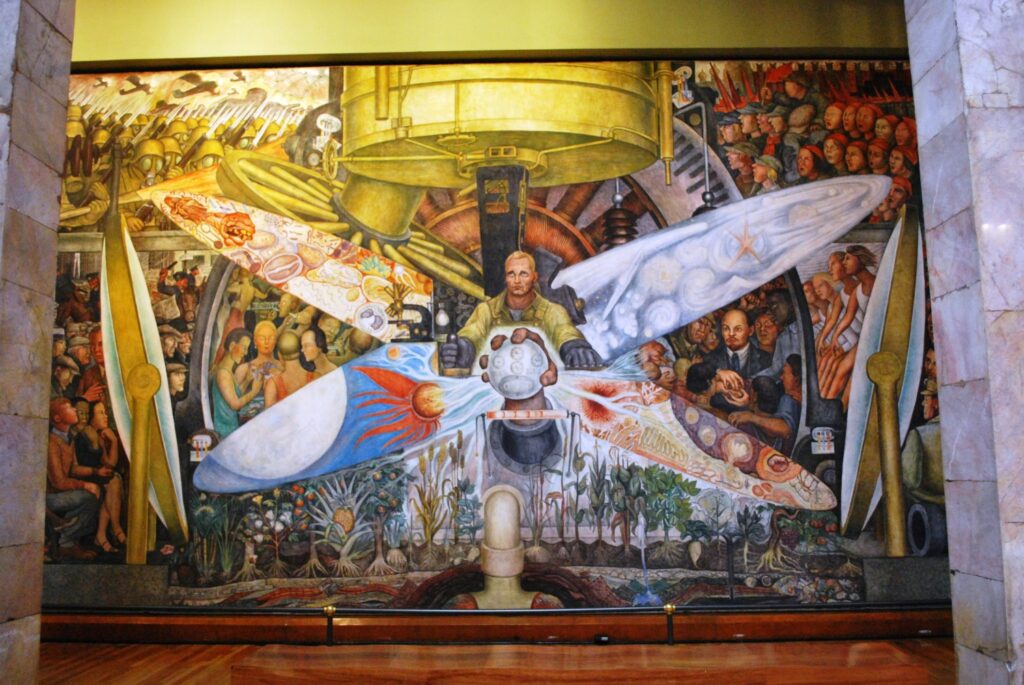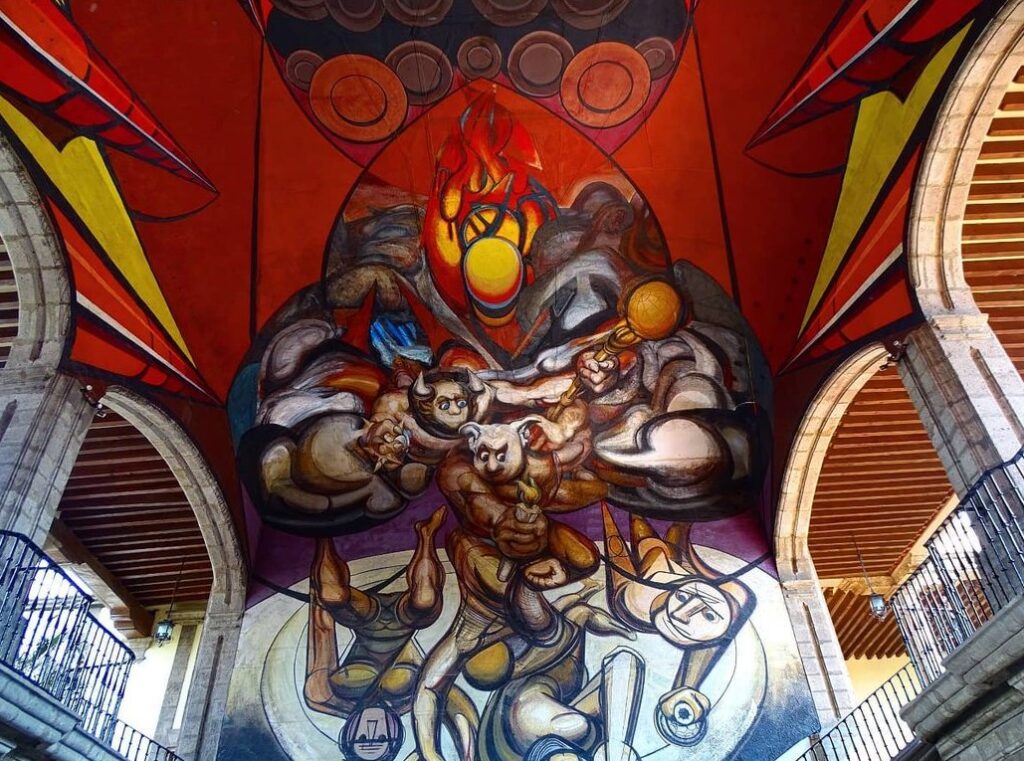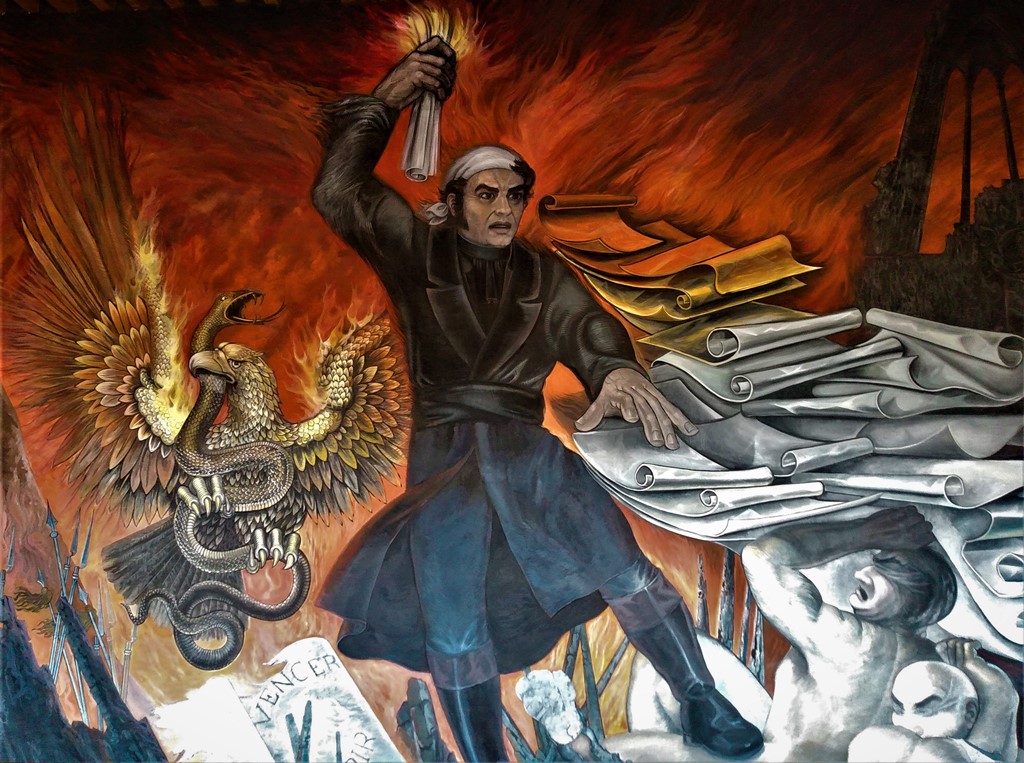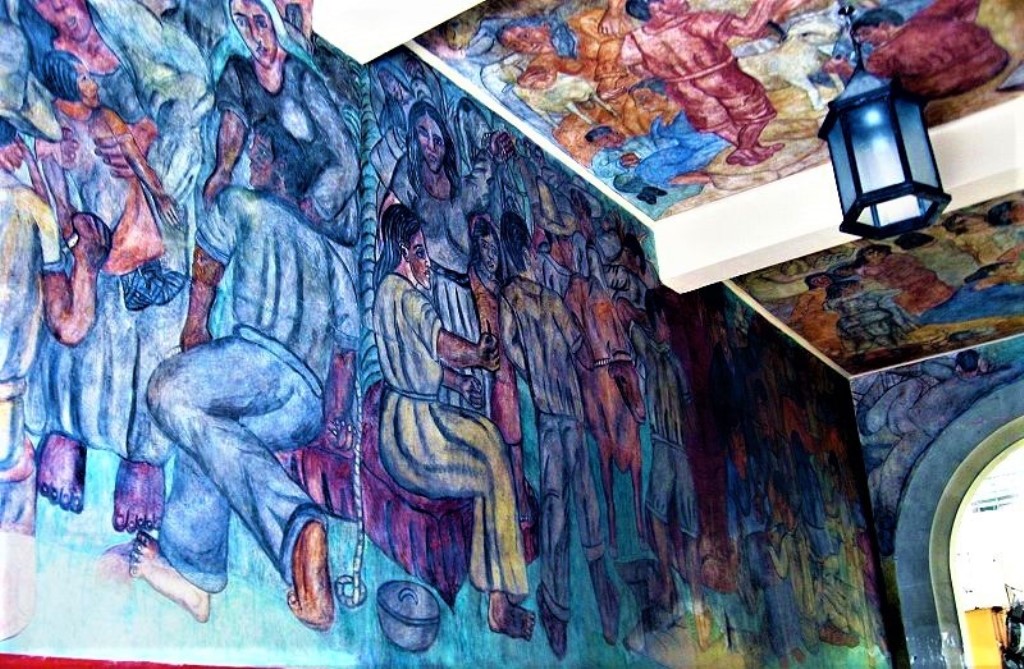Coloring History: The Impact of Muralism in Mexico
Do you want to know what is the history about Muralism in Mexico?
Where can you find Muralist art"?
Which are the best "Muralists"?
Which has been the impact of Muralism in Mexico?
In this article, discover with us how muralism has shaped Mexico's cultural tapestry, sharing stories on walls with an incredible and powerful context.
Muralism in Mexico History
Muralism in Mexico is an interesting and powerful art movement that started in the early 20th century. It’s all about big, awesome paintings on walls, telling stories, and sharing ideas. The main players in this art game were Diego Rivera, David Alfaro Siqueiros, and Jose Clemente Orozco.
Mexican Muralism is a way to understand the social and political context in Mexico. How it has been shaped through the years, and how influential this art still is in this country.
Around the 1920s, after the Mexican Revolution, these talented artists wanted to bring art to the people. They thought big murals in public spaces would be rad, making art accessible to everyone, not just the fancy people.
Diego Rivera, with his crazy skills, painted giant murals that showcased Mexican history, culture, and struggles. Siqueiros was into social justice, so his murals were all about that – fighting for the little guy. Orozco, another mural master, focused on the human experience and emotions.
These artists used bold colors and strong images to make a statement. They were like visual storytellers, spreading their ideas on walls instead of canvas. Muralism became a symbol of Mexican identity and pride.
The movement spread like wildfire, and soon, walls across Mexico were bursting with color and meaning. Muralism even influenced other artists worldwide, making it a big deal in the art scene.
Muralism in Mexico isn’t just about painting walls; it’s a celebration of Mexican culture and a way of expressing powerful ideas for everyone to see. So, next time you see a giant, colorful mural, remember it’s not just art on a wall – it’s a piece of Muralism in Mexico’s history.
Muralism Art: Examples and Where to Find Them
If you’re into checking out Muralism art in Mexico, you’re in for a treat. These big, cool paintings are all over the place, telling stories and adding color to the streets.
Start by visiting Mexico City, where you can find amazing Muralism art by Diego Rivera. The National Palace is a hot spot, showcasing his epic murals about Mexican history. Don’t miss the Bellas Artes building either – it’s like a Muralism masterpiece gallery.
In Guadalajara, Hospicio Cabañas is the spot to be. Jose Clemente Orozco worked his magic there, creating murals that dive into the human experience. It’s like stepping into a giant Muralism art book.
Siqueiros, another Muralism pro, left his mark in Cuernavaca at the Palacio de Cortes. His murals are all about social justice and standing up for what’s right.
And let’s not forget about Oaxaca, where Rufino Tamayo’s Muralism art is on display at the Benito Juarez Autonomous University. These murals blend traditional Mexican vibes with modern flair.
Street corners, schools, and public buildings – Muralism in Mexico is everywhere. So, if you’re on the lookout for these big, bold paintings, just take a stroll through the cities and let the Muralism art surprise you around every corner.
Best Muralists
Beyond the big names like Siqueiros, Orozco, and Rivera, other talented muralists in Mexico might not get as much spotlight but have left their mark on Muralism art.
We have to start by mentioning the female presence in this movement is often associated with different men. For instance, Aurora Reyes, María Izquierdo, Elena Huerta, Electa Arenal, and Fanny Rabel, are examples of the feminist presence in Muralism in Mexico.
Saying this, we are going with Rufino Tamayo. Although not as famous as the ‘big three,’ Tamayo’s murals are scattered across Mexico. His works often blend modern and traditional elements, adding a unique touch to Muralism in Mexico. Check out spaces like the Rufino Tamayo Museum in Mexico City to appreciate his less-recognized but captivating contributions.
Another noteworthy muralist is Francisco Zuniga, who focused on portraying daily life and the beauty of the human form. His murals, although not as widely known, can be discovered in places like the Autonomous University of Puebla. Zuniga’s work is like a hidden gem in the Muralism in Mexico scene.
If you find yourself in Guadalajara, keep an eye out for Gabriel Flores. His murals often showcase a fusion of traditional Mexican elements and contemporary themes. These artworks, while not as famous as those by the big three, add a distinct flavor to the Muralism art landscape.
Muralists like Tamayo, Zuniga, and Flores might not be as recognized globally, but their contributions are integral to the rich tapestry of Muralism in Mexico. Exploring their lesser-known works can provide a deeper understanding and appreciation for the diverse expressions within this impressive artistic movement.
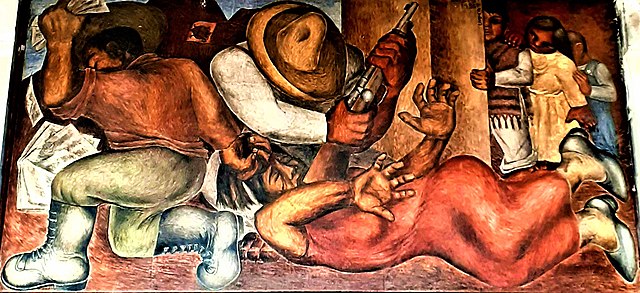
Impact of Muralism in Mexico
The Muralism movement in Mexico made a huge impact on the country’s culture and art scene. Starting in the early 20th century, this bold art form had a ripple effect that went beyond just painting on walls.
Firstly, Muralism in Mexico was all about making art accessible to everyone. Instead of hiding in fancy galleries, these big, stunning paintings were right there on the streets, telling stories that everyone could relate to. It became a way to connect with people from all walks of life.
Secondly, Muralism became a symbol of Mexican identity and pride. The murals often depicted the struggles, history, and culture of Mexico, turning them into visual narratives that resonated with the people. It was like a mirror reflecting the soul of the nation.
Thirdly, the impact of Muralism in Mexico reached beyond borders. The movement influenced artists globally, inspiring them to use art as a tool for social and political expression. The powerful storytelling through murals became a language that transcended cultural boundaries.
Moreover, Muralism played a role in social and political change. Artists like Siqueiros used their murals to advocate for social justice and address pressing issues. The art became a voice for the marginalized, urging for positive transformation.
In essence, the impact of Muralism in Mexico was profound. It democratized art, celebrated Mexican identity, inspired artists worldwide, and contributed to social and political discourse. Even today, the legacy of Muralism can be seen in street art and its continued influence on contemporary Mexican art and culture.
Conclusion
In conclusion, Muralism in Mexico stands as a vibrant and impactful chapter in the nation’s artistic history. The movement, spearheaded by renowned figures like Diego Rivera, David Alfaro Siqueiros, and Jose Clemente Orozco, redefined the role of art in society. By adorning public spaces with colossal paintings, Muralism made art accessible to all, transforming streets into open-air galleries.
The impact of Muralism extends beyond aesthetic appreciation; it became a powerful tool for expressing Mexican identity and pride. These monumental murals narrate the nation’s history, struggles, and culture, acting as visual storytellers that resonate with people from diverse backgrounds.
Furthermore, Muralism’s influence reached far beyond Mexico’s borders. The movement inspired artists globally, encouraging them to embrace murals as a means of social and political expression. The bold strokes and incredible colors of Muralism transcended cultural boundaries, creating a universal language of visual storytelling.
Notably, Muralism in Mexico played a role in advocating for social justice and addressing societal issues. The movement became a platform for artists to voice concerns, contributing to a broader dialogue about positive change.
Today, Muralism art continues to thrive, with both renowned and lesser-known muralists leaving their mark on the urban landscape. The legacy of Muralism endures in the dynamic street art scene and the ongoing influence on contemporary Mexican art and culture. In essence, Muralism remains not only a historical movement but a living and evolving expression of Mexico’s artistic spirit.



